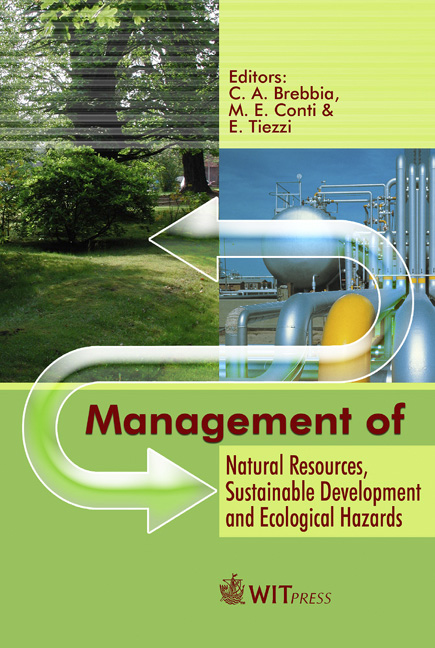The Use Of The Mock-up-Cz Physical Model In The Design Of Engineered Barriers
Price
Free (open access)
Transaction
Volume
99
Pages
10
Published
2006
Size
1,211 kb
Paper DOI
10.2495/RAV060811
Copyright
WIT Press
Author(s)
J. Pacovský
Abstract
A fundamental challenge concerning research into high-level radioactive waste disposal is the construction design of natural and engineered barriers capable of preventing the leakage of hazardous radionuclides over a period of roughly 100 thousand years. In order to obtain the information enabling the design of such a construction, it is necessary to employ all the experimental tools and procedures available including physical modelling. The most relevant model types for this task have been found to be those made at a scale of 1 : 1, referred to as mock-up models. Information on the construction, operation and dismantling of a vertical model of a bench-scale buffer mass test of Czech smectitic clay employing the KBS-3V system modification forms the main subject matter of this paper. Keywords: radioactive waste, engineered barrier, bentonite block, Mock-up-Cz experiment, dismantling procedures. 1 Introduction Solving the problem of the safe isolation of radioactive waste requires a multidisciplinary approach. It is generally accepted that underground repository waste isolation must be assured by a multi-barrier system consisting of the container with the high level radioactive waste itself, an engineered barrier - currently intended to be based on bentonites - and a natural barrier formed by a suitable rock environment. As part of the research into engineered barriers based on highly compacted bentonite blocks, a physical model called Mock-up-Cz, was built at the Centre of Experimental Geotechnics, CTU in Prague from 2000 to 2002, and operated from May 2002 to January 2006. In February 2006, dismantling commenced
Keywords
radioactive waste, engineered barrier, bentonite block, Mock-up-Cz experiment, dismantling procedures.





